My meal plan for first year made moving out of my beloved home more bearable, because if all else fails, at least I’d have decent food. When second year rolled around, however, the sudden reappearance of a kitchen in my student life brought with it the necessity to feed myself for essentially eight months.
Through trial and error, recipe page after recipe page, and careful consultation with my more or less equally inexperienced housemates, I found a few tricks that helped me exercise my culinary abilities while honouring my poor student status.
1. Basic Flavouring Ingredients
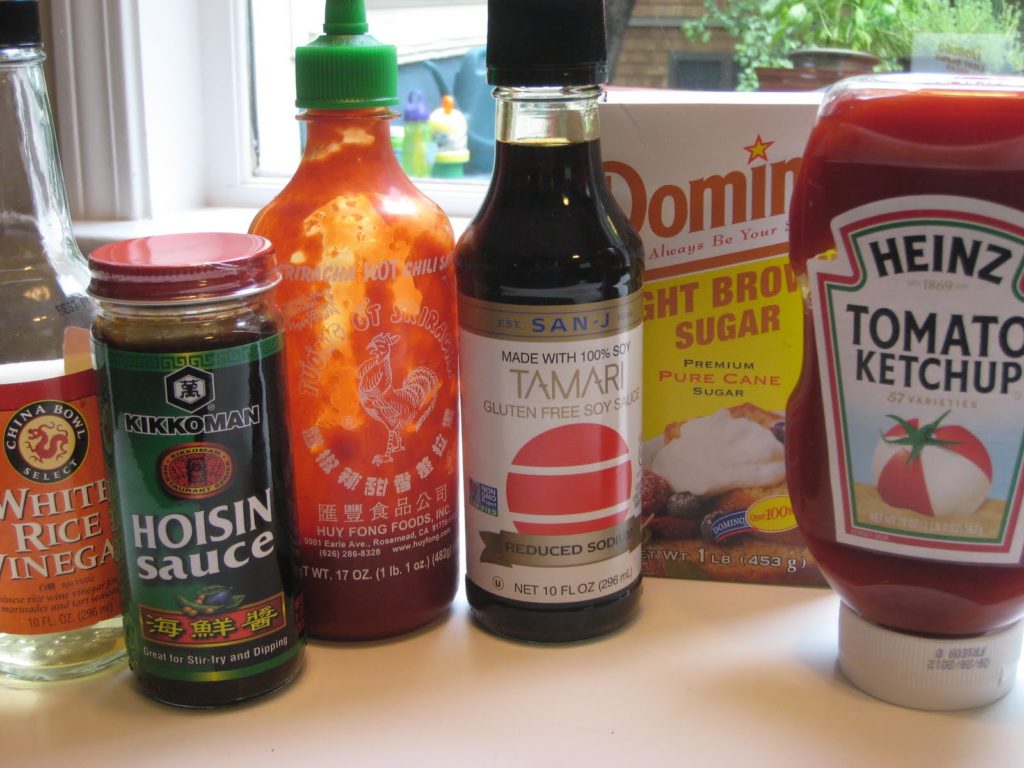
Photo courtesy of thegarlicpressonline.blogspot.com
That is to say, stock up on a sweet, salty, sour, and spicy cooking ingredients and/or sauce. Often times, these end up being ketchup, soy sauce, vinegar, and hot sauce. With these on hand, you can easily make a number of flavor combinations, like sweet and sour chicken, without dishing out $5 on a bottle of the brand-name variety.
2. Selective Cupboard Ingredients
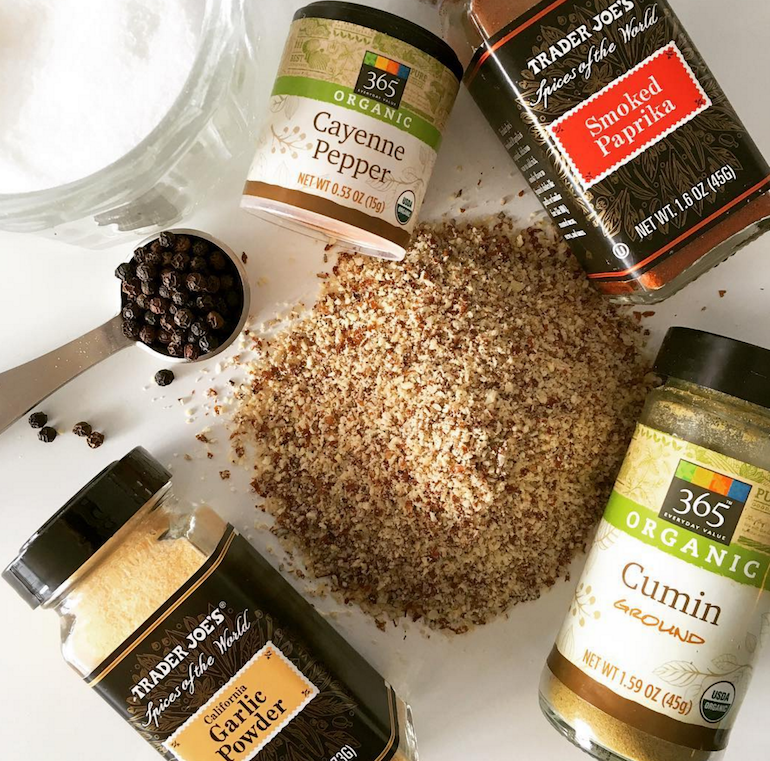
Photo courtesy of @thelunchmason on Instagram
In a similar vein, the seasonings and spices in a kitchen cupboard are important players in improving the taste of your food. Apart from the standard salt and pepper, it’s a good idea to know some irreplaceable dry ingredients.
Some examples include cumin for meat, red chilli flakes for various bases like for an olive oil pasta, some type of dried herb flakes, and garlic powder for just about anything (according to me).
As just one person, buying several different seasonings and spices may seem somewhat wasteful, considering how long it takes to finish using a shaker, which is why I recommend that those of you living with housemates split the cost of several shakers, and use them communally. Another tip is to take a trip to Bulk Barn to purchase exactly the quantity you need.
3. Purchase In-Season Produce

Photo by Cherie Mak
Instead of sticking to a list of vegetables and fruits you always purchase, it is better to explore your options according to the season. If you recall the recent inflation of cauliflower prices across Canada, which suffered from a dip in supply due to adverse weather conditions, then it’s safe to say that a craving for strawberries in the winter months would amount to the same situation.
By accommodating for seasonal availability in your grocery trips, you can avoid the price spikes on produce that are limited in quantity. During the fall, try brussel sprouts and cantaloupe, whereas in the summer, try cherries and asparagus.
4. Cheaper Cuts of Meat
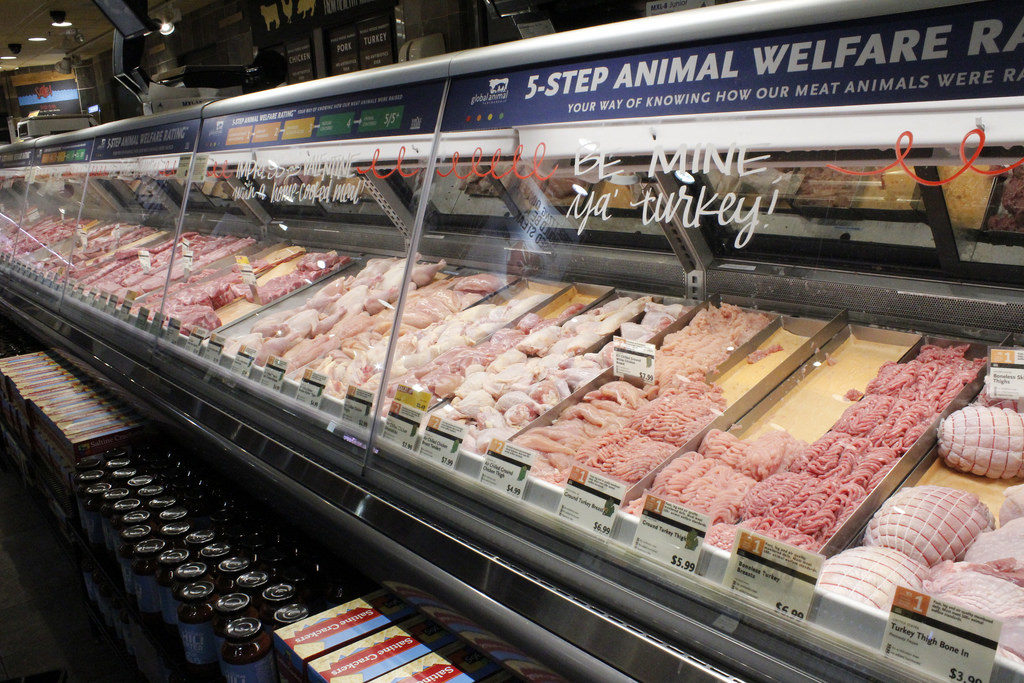
Photo by Ben Rosenstock
Depending on your preferred cut of meat, it can be quite draining on your grocery budget, especially when you opt for cuts like boneless, skinless chicken breast. Instead of that, learn to familiarize yourself with the less expensive cuts, like chicken thighs, for example.
Other examples would be oxtail, brisket, and skirt for beef; cheek, shank, and hock for pork; thighs and legs for chicken. One thing to note is that a slow cooker is recommended to tenderize some of these cuts.
If these cuts aren’t available close by, keep in mind that meat can be frozen for months up to even a year, so the next time you do have a chance to go to a butcher, you can plan months in advance.
5. Off-Brands
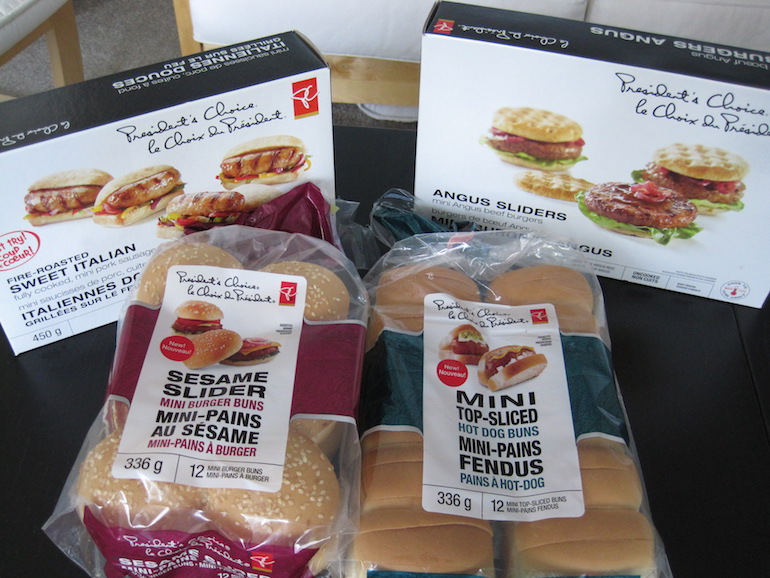
Photo courtesy of cookingwithalison.com
Although this can’t be said for all off-brand products, a large portion of them do measure up to their brand-name competitors fairly well. For my fellow Canadians, look into some grocers’ own brands like President’s Choice or No Name as they have yet to disappoint me. When swapping over, I usually save at least a dollar.
6. Avoid Pre-Sliced/Pre-Seasoned/Otherwise Already Prepared Products

Photo courtesy of somesugaradded.blogspot.com
A common marketing gimmick is to make available an item that’s been prepared already for consumer convenience. It’s great, no need to spend the excess time at home doing these things manually, right? Except, this extra work comes with an added price, one that can be counted as an unnecessary expense. Instead, invest the extra five or so minutes doing what would have cost you a few extra dollars.
7. Buy in Bulk
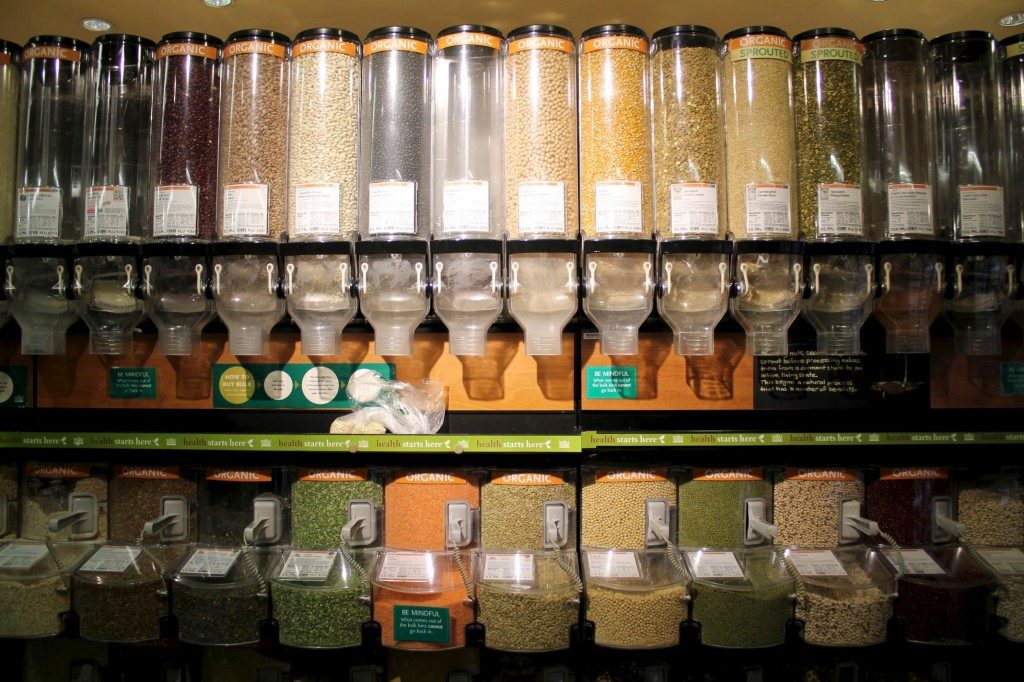
Photo by Caty Schnack
I’m sure you’ve all noticed the unit price for products goes down the more of it you buy. Take a can of pop for example: this sugary carbonated drink is over a dollar a can, but if you buy a 24-pack, it’s about half of that per can.
Obviously, this only extends to items that can be kept for a reasonably indeterminable amount of time, so don’t you go running off to buy a whole case of mangoes, because chances are, one person is no match for the natural ripening rate of twenty mangoes.
However, when it comes to staple cooking ingredients like oil, flour, sugar, etc., try to pick up the largest size when possible.


